Metamorphosis of Insects
Martha O'Kennon
I'll bet that most of you who have heard of Metamorphosis in Insects remember that there are two kinds: Complete and Incomplete. Complete Metamorphosis consists of 4 phases of development: from egg to larva to pupa to adult. Incomplete Metamorphosis consists of egg, followed by several phases called "instars", leading up to adult.
They used to give as examples of Incomplete Metamorphosis the insects in the OLD order Orthoptera: Grasshoppers and kin, Mantids, Cockroaches, and maybe Termites. Note that nowadays Each of these is in its OWN Order, not one grand order Orthoptera (its former name).
Well, I got to wondering about this kind of "Incomplete Metamorphosis". It turns out that there are actually at least four kinds of Metamorphosis:
1. Ametabolous development ("direct development")
In this form of development, the first nymph that hatches from the egg resembles the adult, and so do all the following nymphs right down to the adult. The nymph eats until its skin begins to crack, and then it comes out of that skin in a process called moulting. It does this until the final moult takes place and the Adult emerges.
Example: Springtails (no longer classified as Insects).
The Springtails form a group that I only have encountered a few times, mostly starting in December and continuing into the early spring and once or twice in May. They are mostly not now included in the Insects, making them almost the only six-legged creature that is NOT an insect. (When I was young, Springtails had not yet been ousted from the Insects.) One way of dividing up the Hexapoda (six-legged creatures) is into the Entognatha (composed of the Springtails and a couple of other animals) and the Insecta.
Here are three members of the species Tomocerus minor of Elongated-body Springtails, Tomocerus minor Springtails, one of the species that I've seen several times. The fact that it undergoes the Ametabolous form of development from egg through nymphs to adult means that all the nymphs look alike, just growing visually by size, and look like the adult too. Please note that what you see here are not successive instars, but all are adults. We call it a teaching aid. :-)
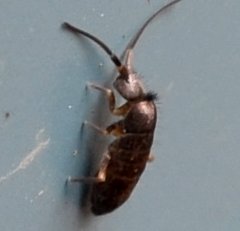
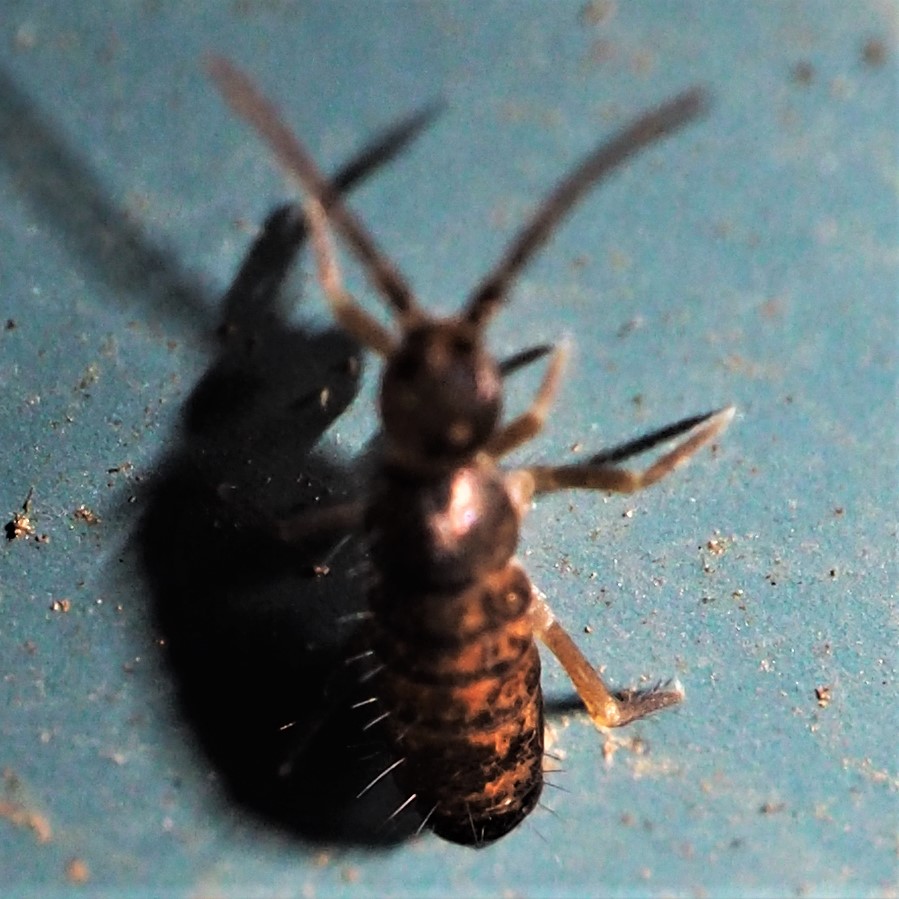
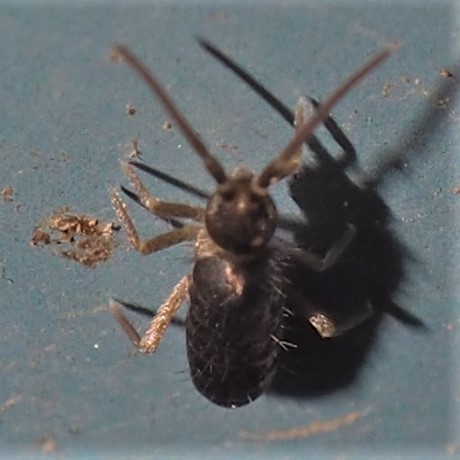
And here are a few of the group of Globular Springtails, about the cutest little bugs you will ever see. I usually see them in the Spring when I'm documenting the goings-on in an anthill. These pictures were all taken in May 2019, during and after the swarm of a nest of Small Honey Ants.
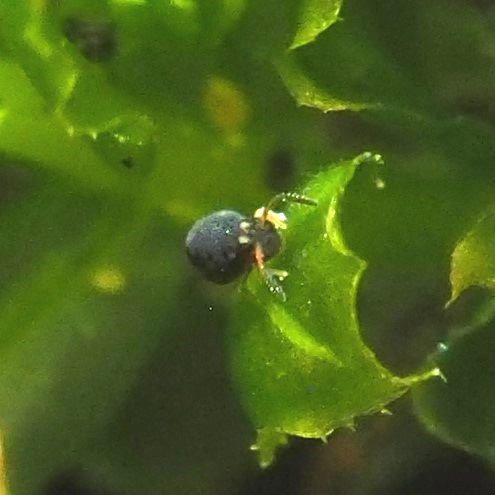
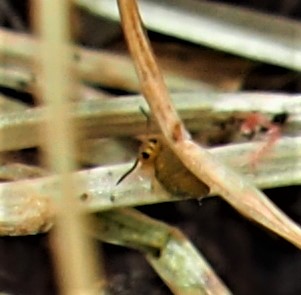
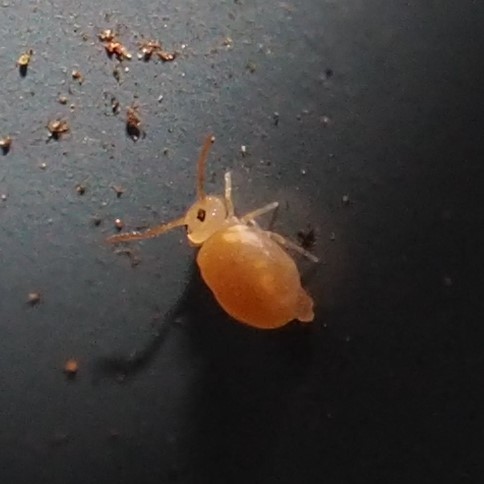
2. Gradual metamorphosis or Paurometabolous development
In this form of metamorphosism, The egg gives rise to a nymph that closely resembles the Adult. This nymph grows in size and moults to give a larger version of the original nymph. Finally the last moult gives the Adult. This is the form of metamorphosis seen in insects such as Grasshoppers, Katydids, Crickets, Mantids, Cockroaches, and at least some Termites. One of the changes we CAN see as each moult takes place is that wings, which form early in the process, get bigger and longer as the moults progress.
First here is a tiny Scudder's Bush Katydid Nymph. Then a larger nymph, and finally an adult Fork-tailed Scudder's Bush Katydid. (Note that there are several species of Katydid in the Scudderia genus.) In the second picture you can see a wing growing, and also see an ovipositor which has formed gradually in this female. In picture 3, the wings are fully grown.
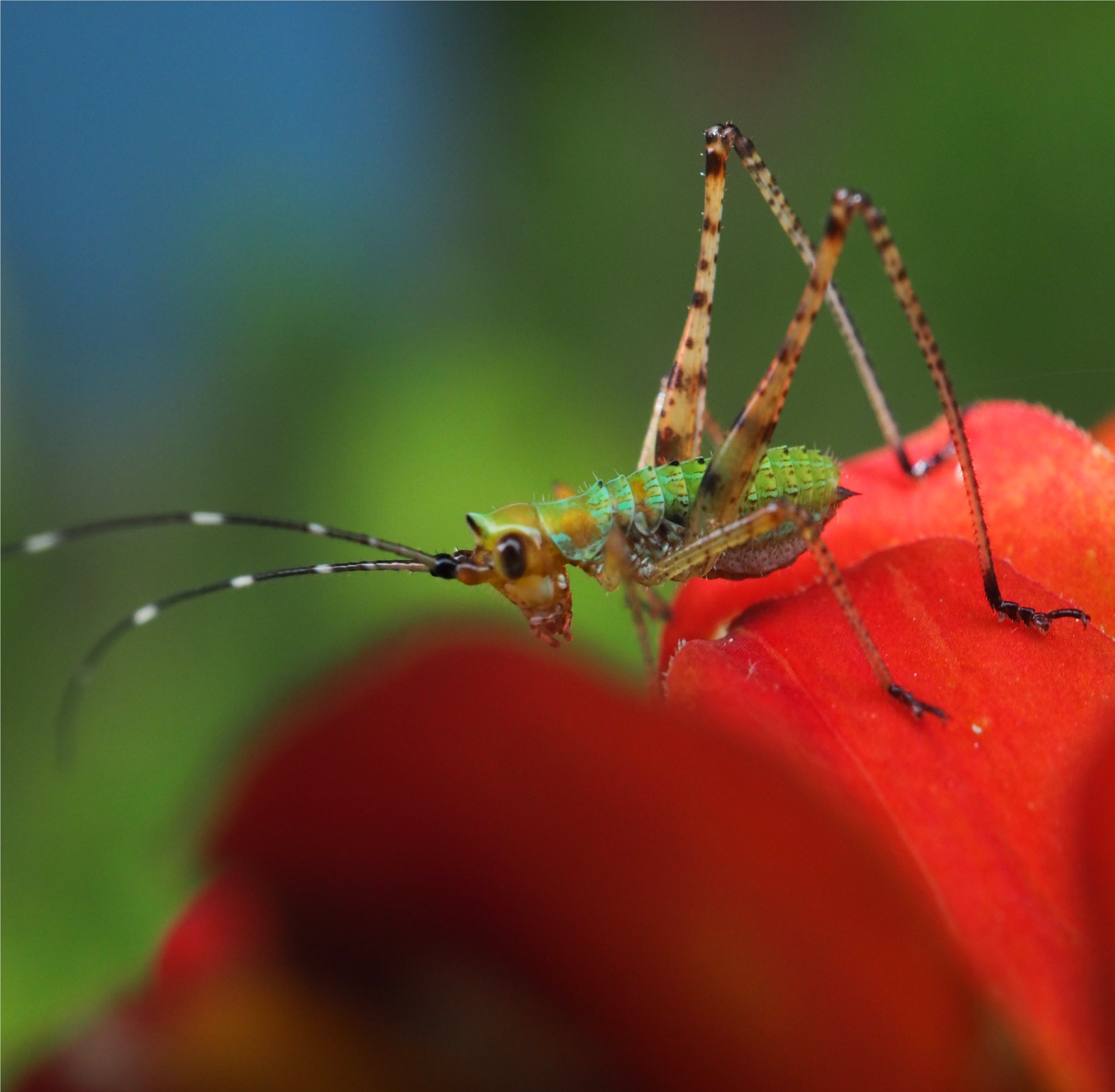
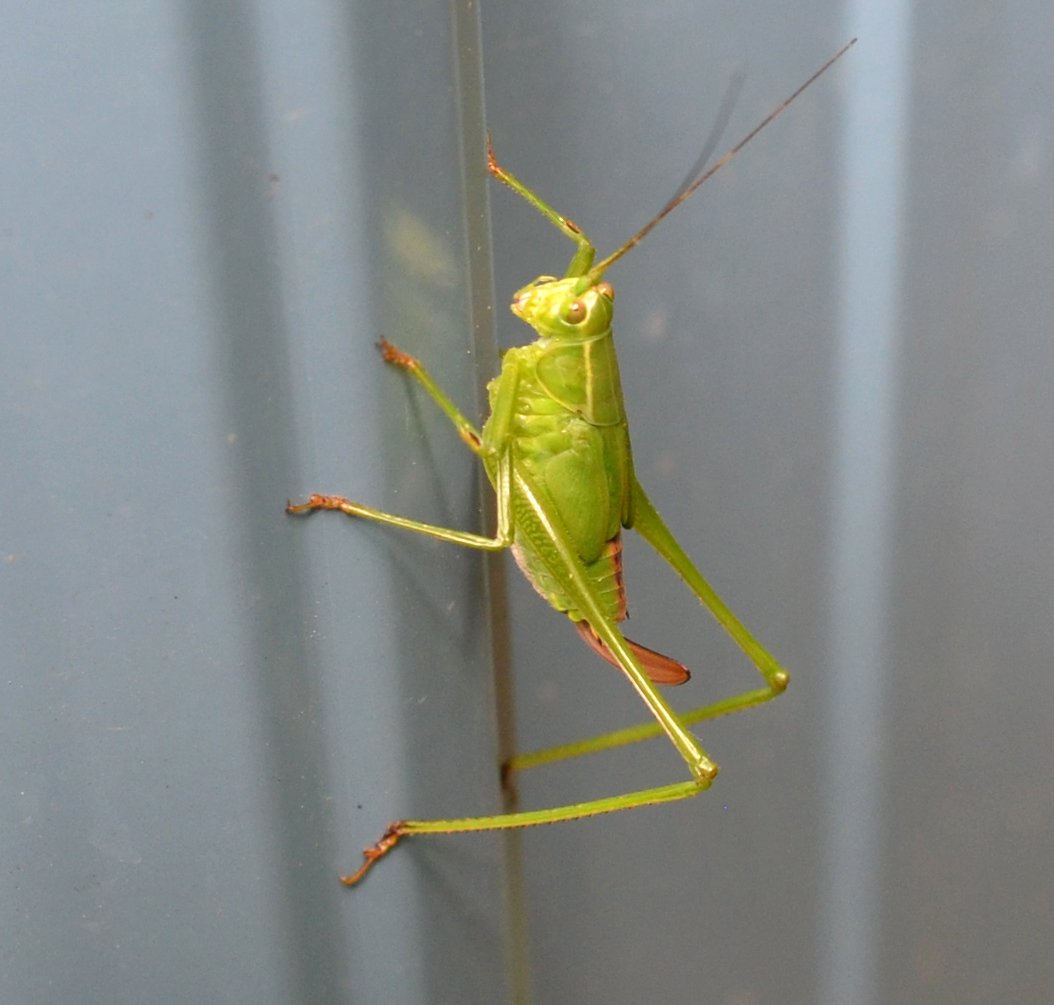
 adult female 8 14 15 3.jpg)
First is a minuscule baby mantis a day after hatching from its ootheca (egg case). Second is another baby mantis which was sent me from Cape Town by Biddy Greene. Third is a Chinese Mantis snacking on a Grasshopper. You can see that the baby mantids closely resemble the adult forms.
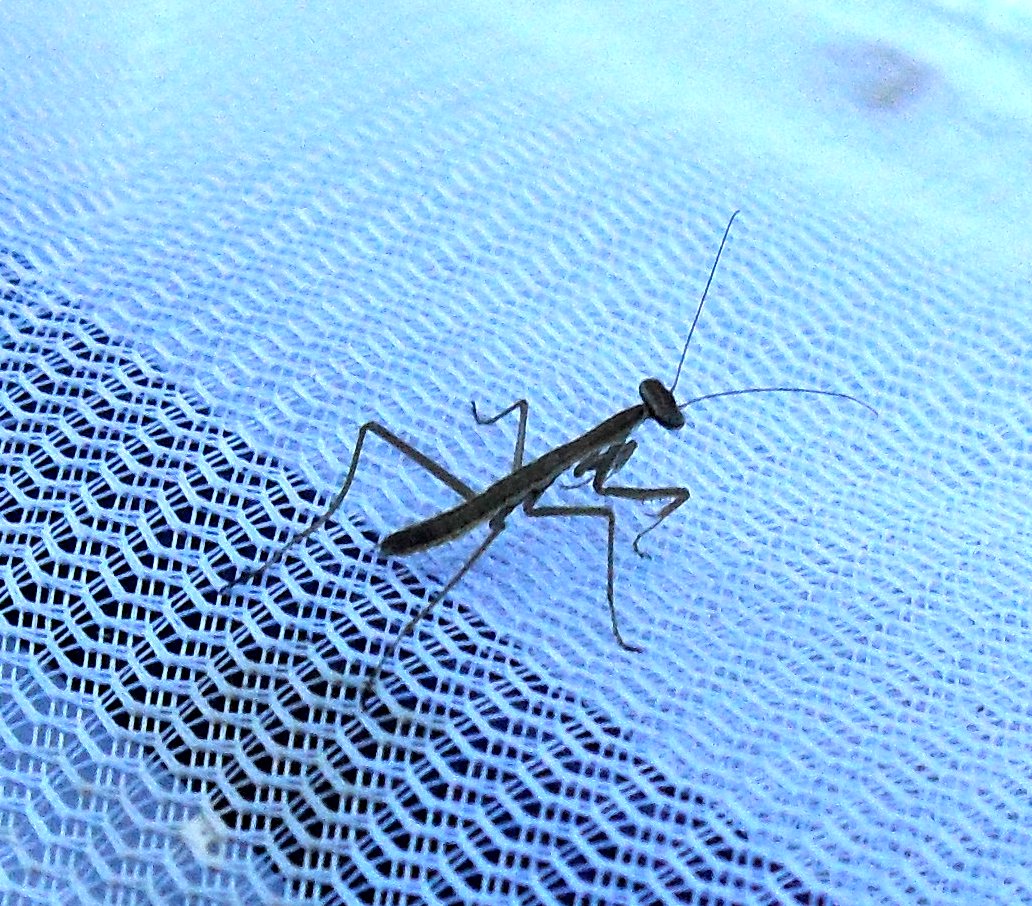
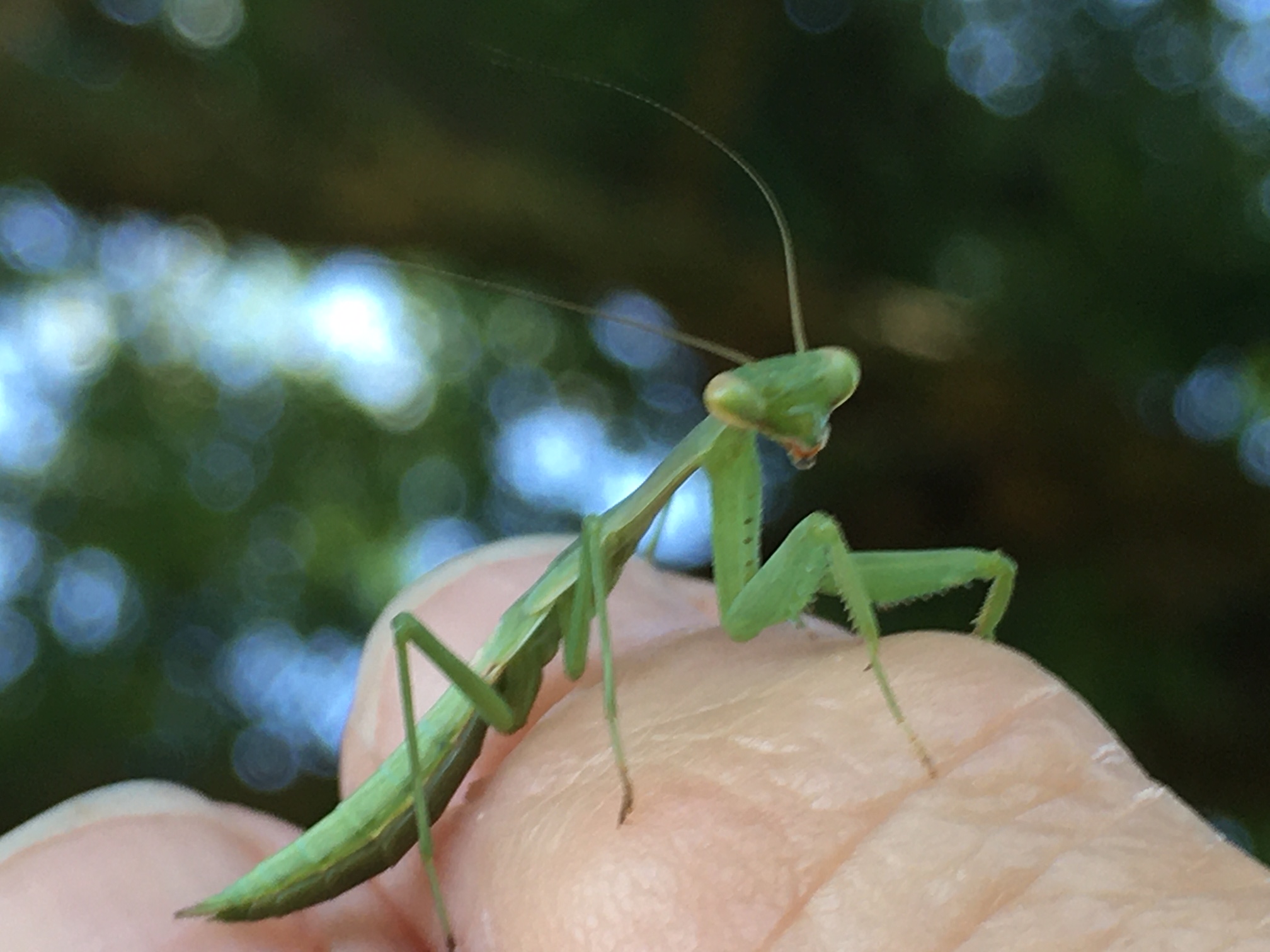
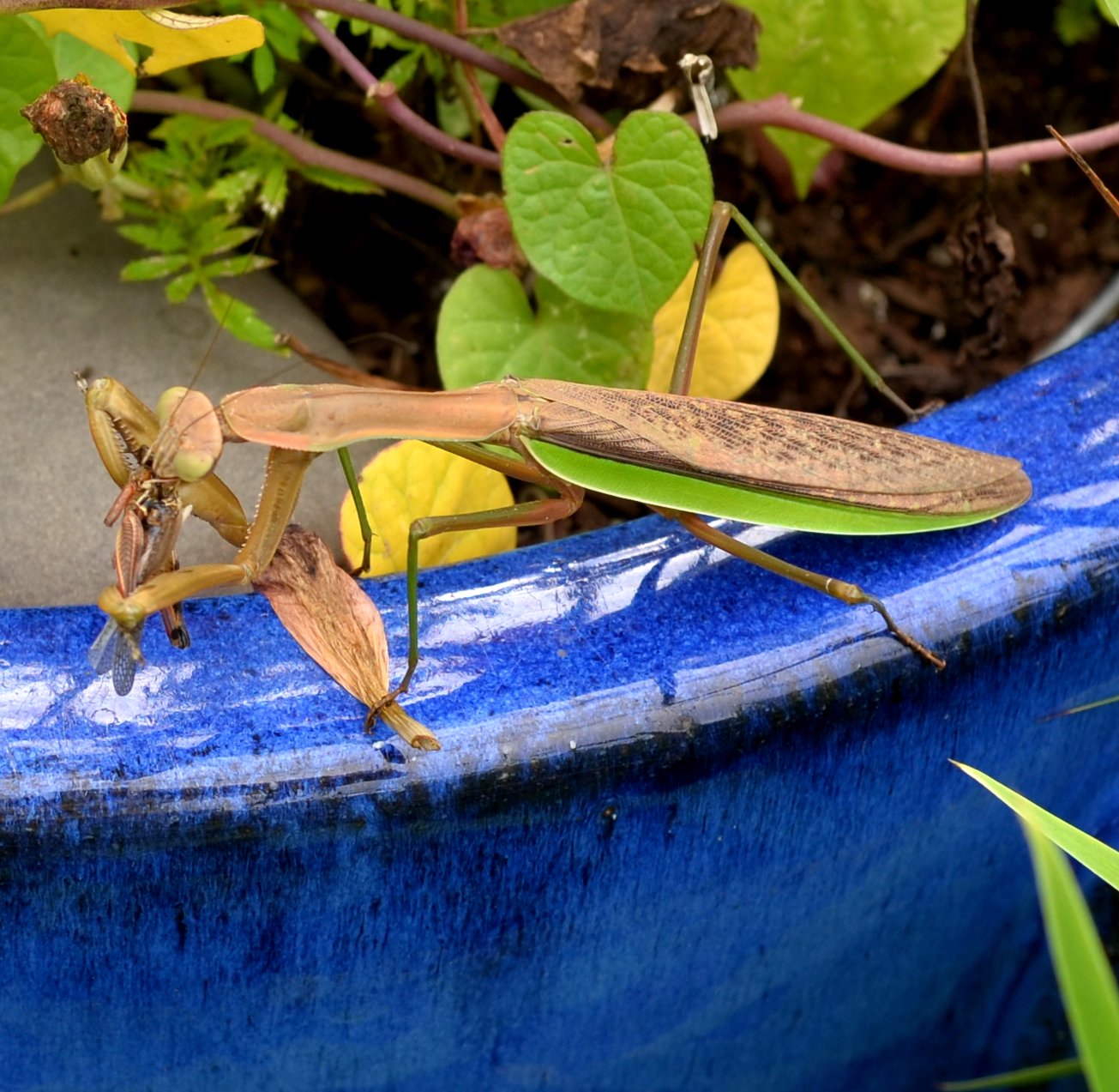
Here is the tiniest Grasshopper Nymph I could find. The next one is a nymph - its wings are much shorter than those in the third picture - of a Short-winged Green Grasshopper. Note that this is not like the direct metamorphosis of the Springtail example, since the different instars truly differ in length of wings and other properties, not just size.
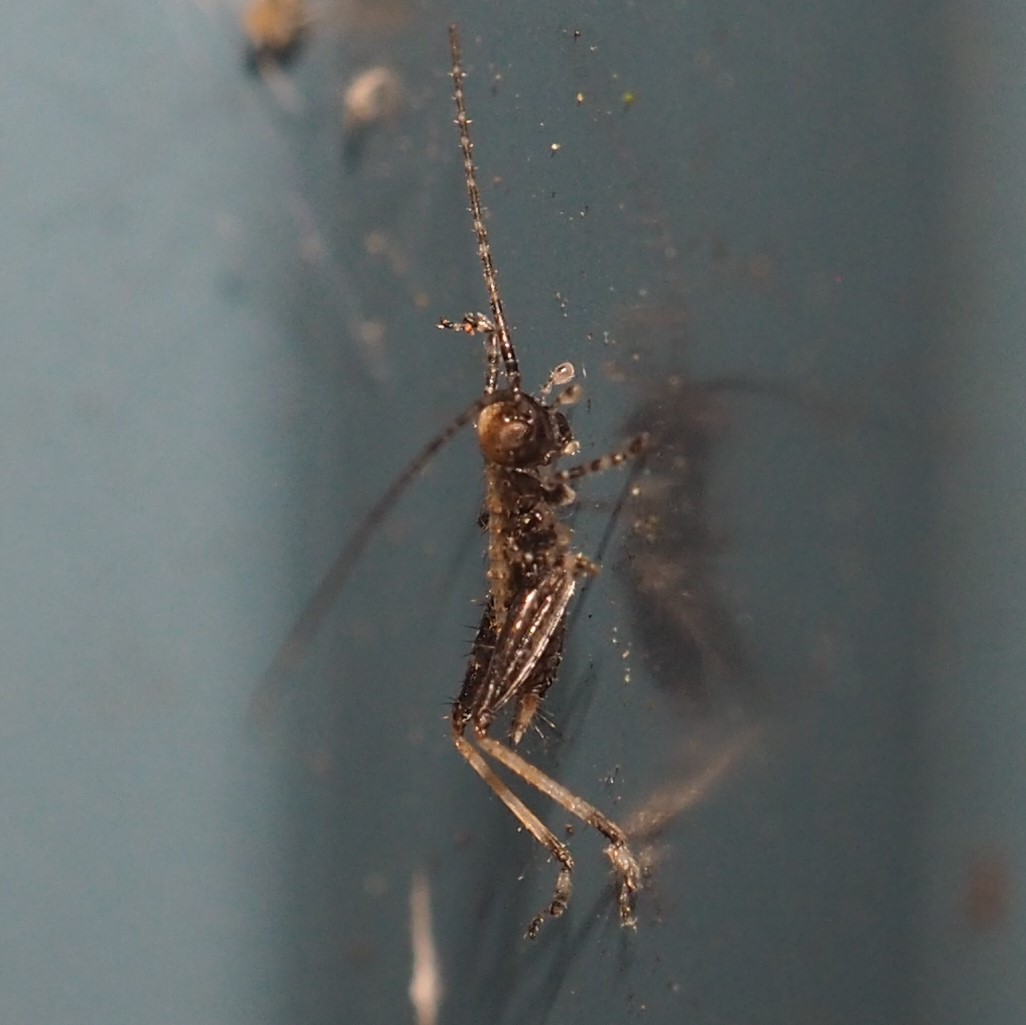
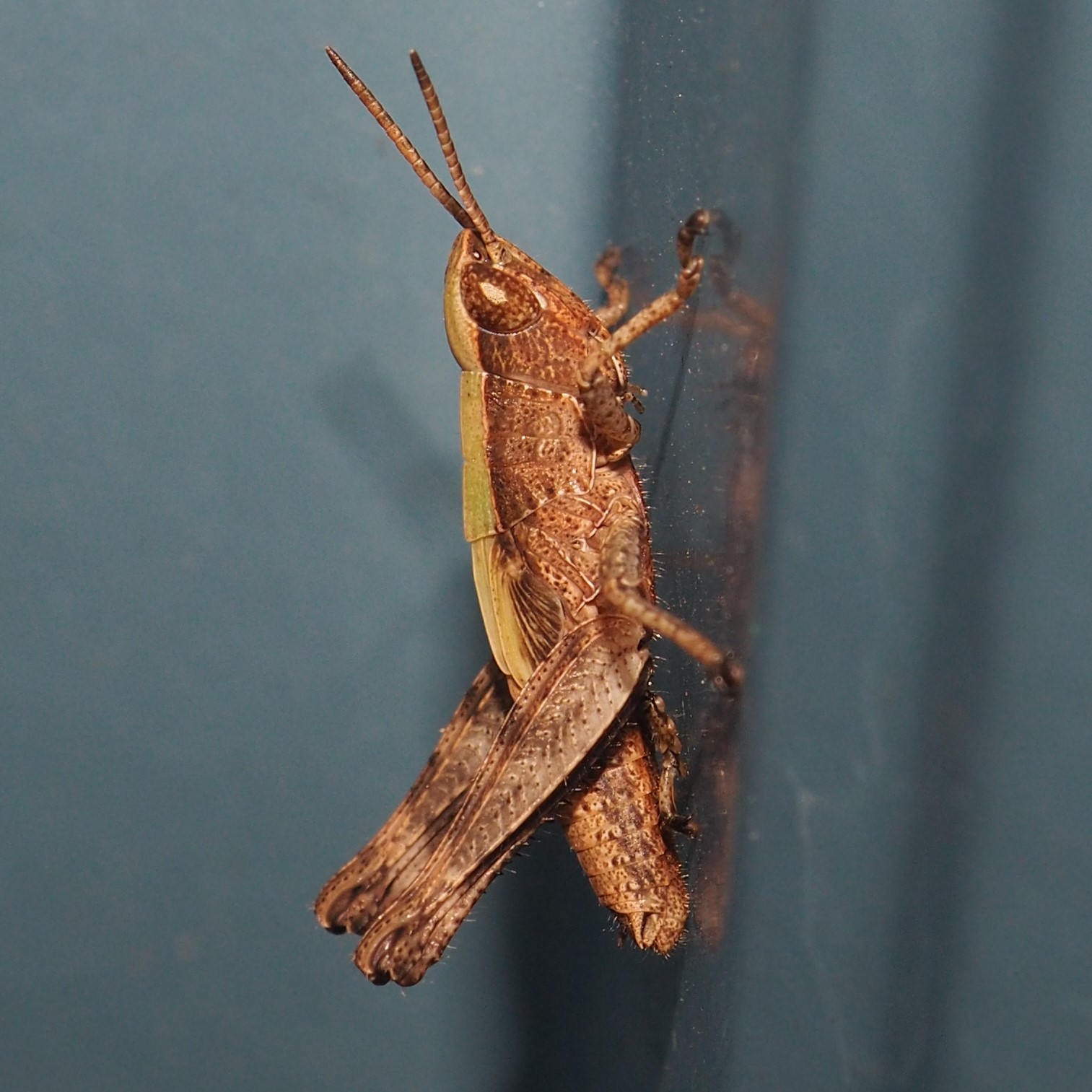
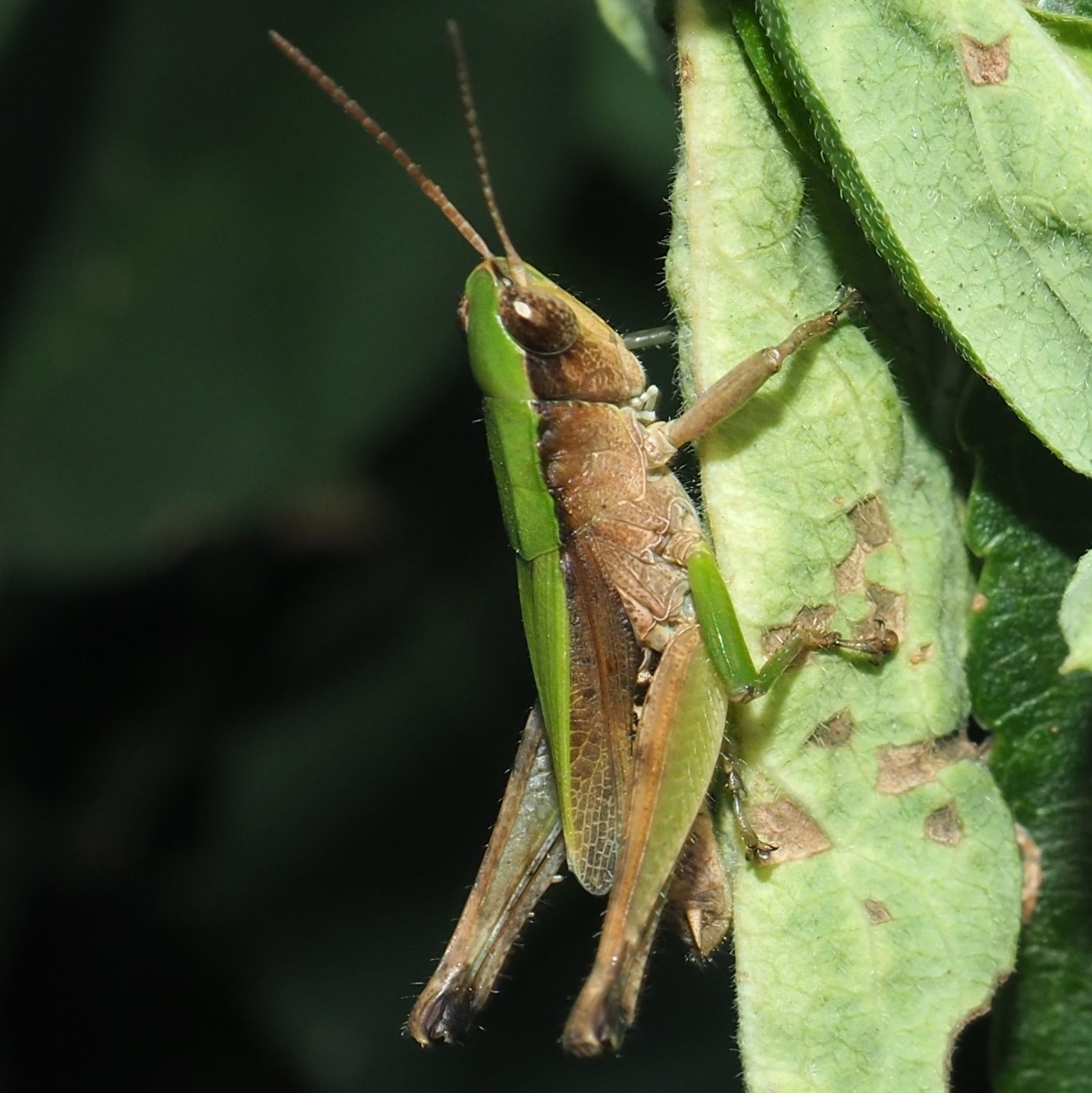
First here is a Walking Stick Insect baby in Tennessee. Then an adult in Albion on the neck of a well-known member of AALL.
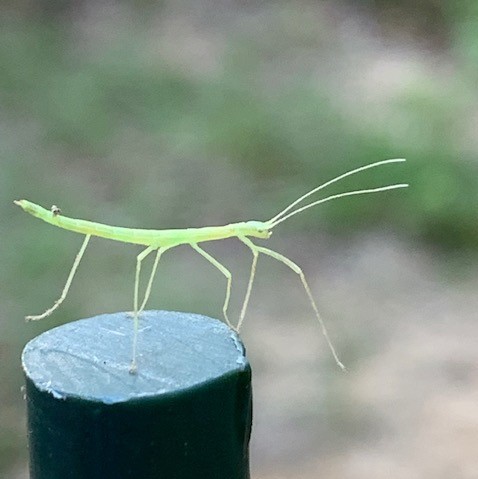
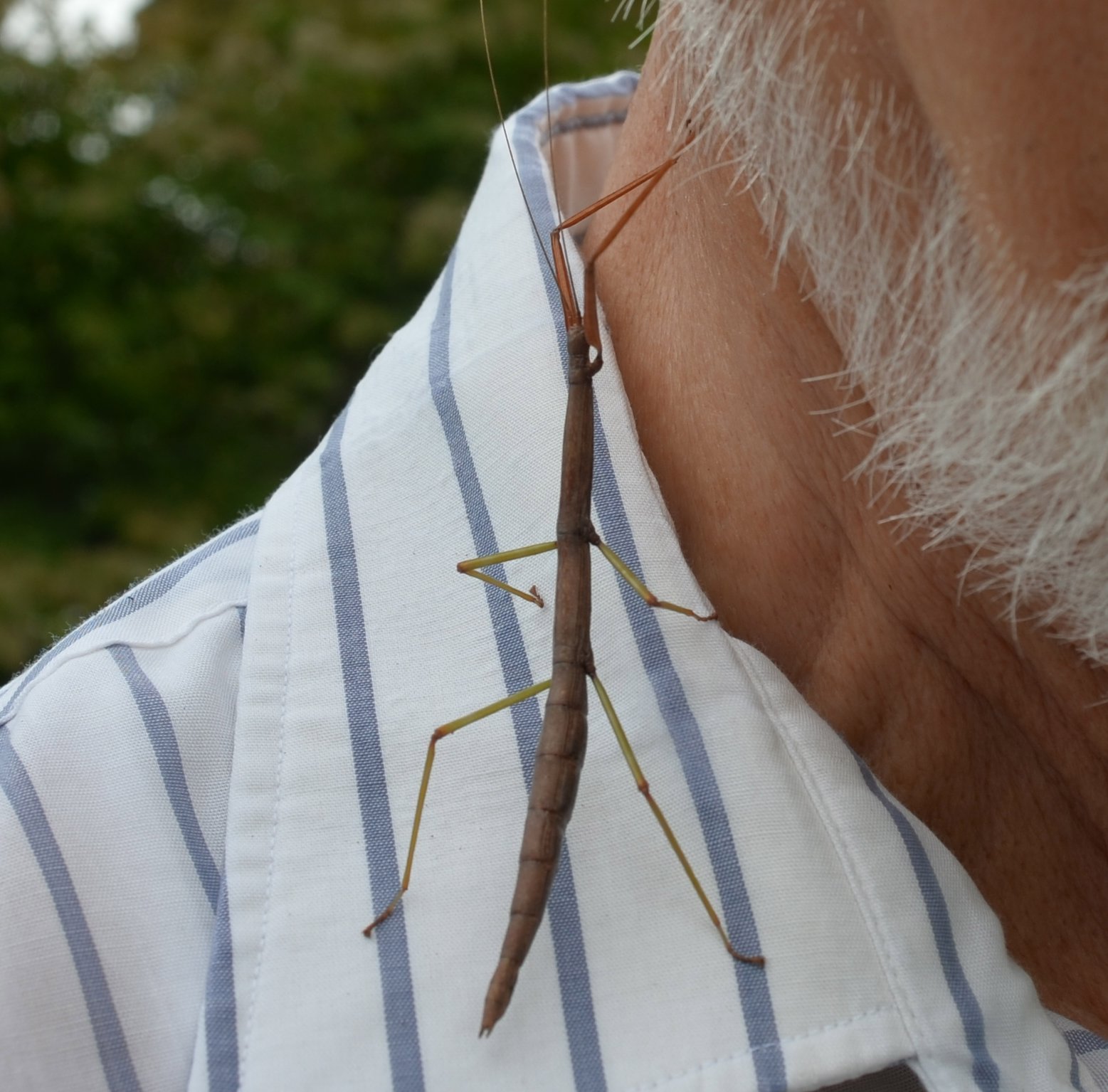
Here is a Walking Stick Insect that Debbie Seely let go in my yard.
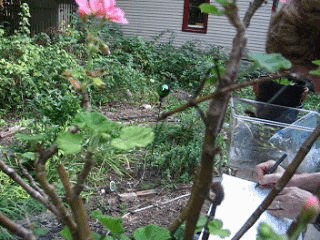
3. Holometabolous development (complete metamorphosis)
In this form of metamorphosis, we have only four stages: egg, larva, pupa, and adult. Each new phase is non-trivially different from the one before. This happens in a great number of Orders: for instance, Coleoptera (Beetles), Lepidoptera (Butterflies and Moths), Diptera (Flies), and Hymenoptera (Bees, Ants, Sawflies and Wasps).
Probably the best-known example is the development of the Monarch Butterfly. First, an Egg, magnified quite a bit. Then the second phase, the Caterpillar. Note that each one eats itself silly and finally splits its skin to let a larger version come out. This is called moulting.
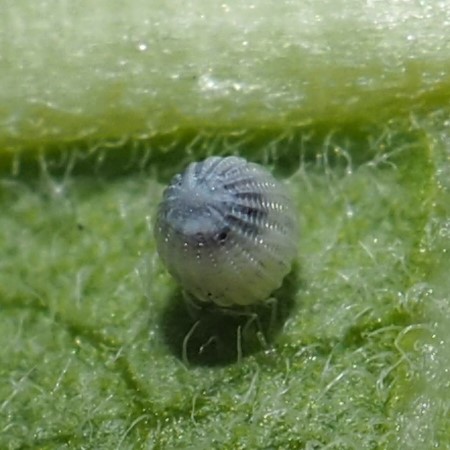
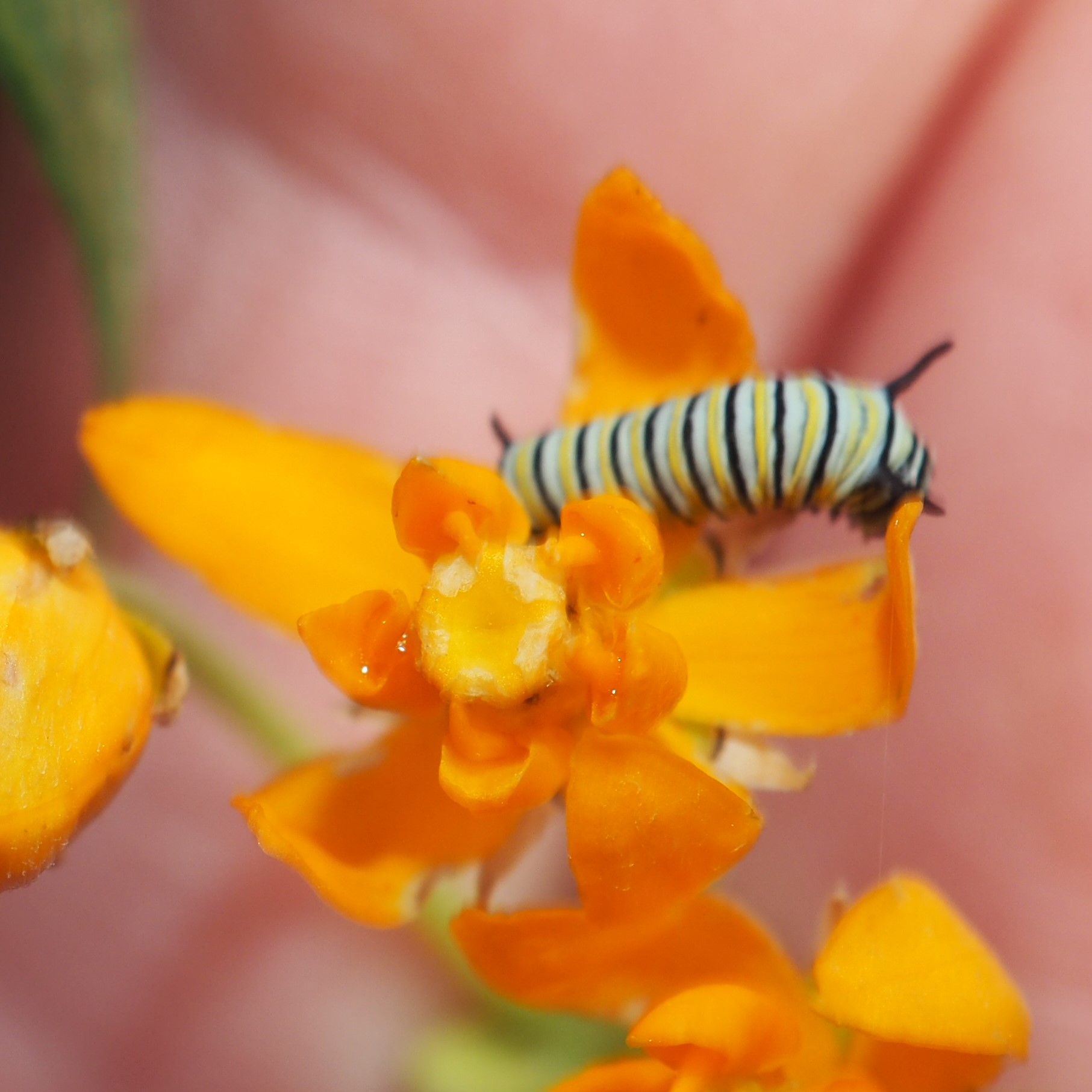
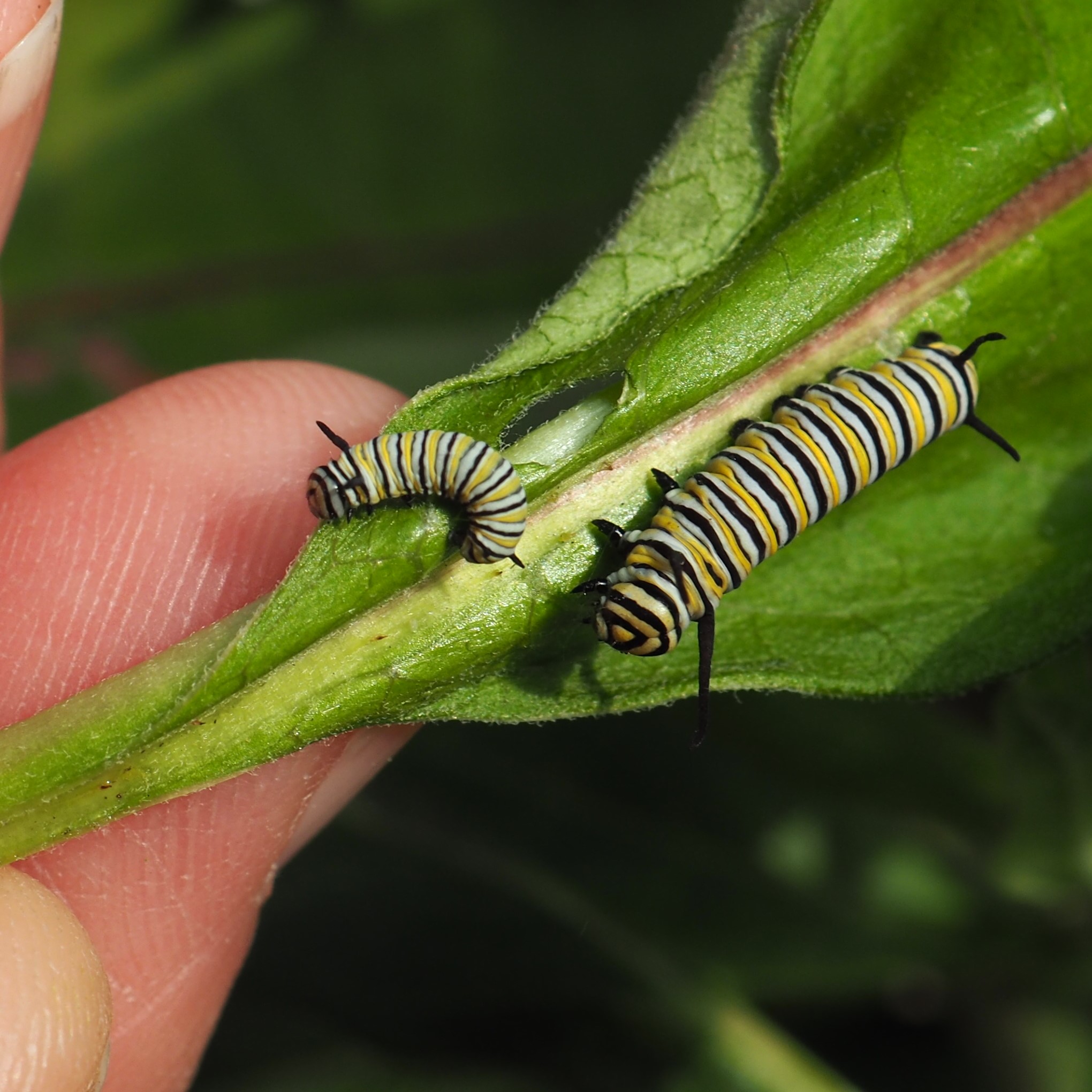
Here is one of those little caterpillars, in fact the last one, fully grown. It has hung itself up in preparation for entering the pupal phase. Then you see the pupa, and finally the pupa almost ready to crack open and let the fully-formed butterfly out.

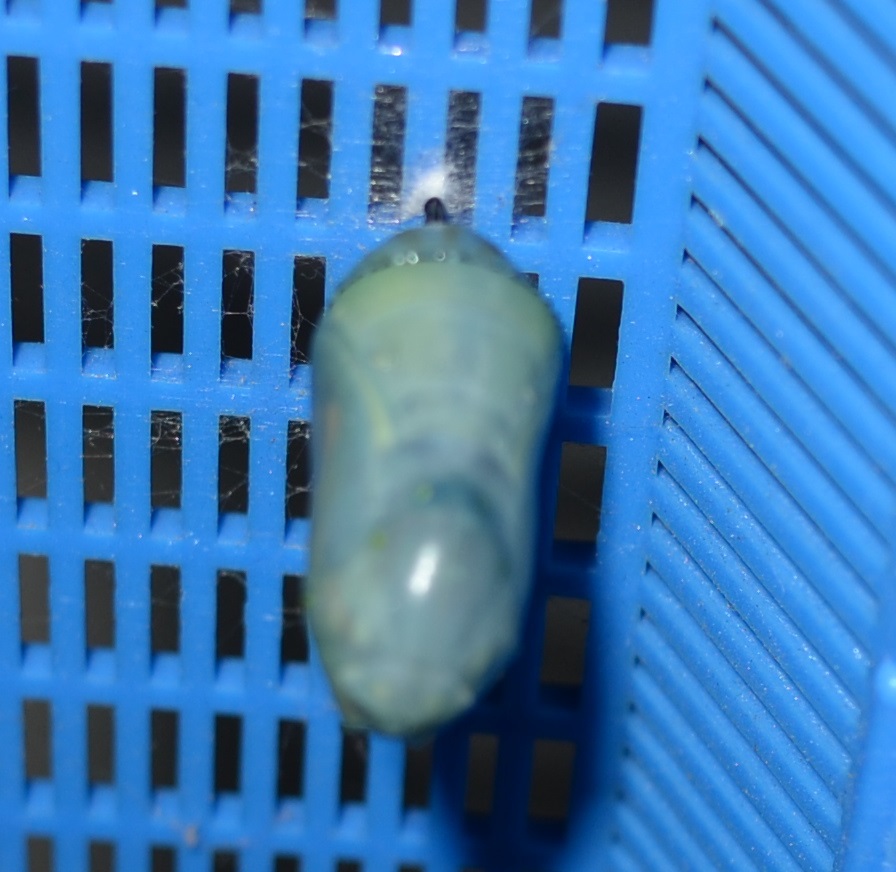
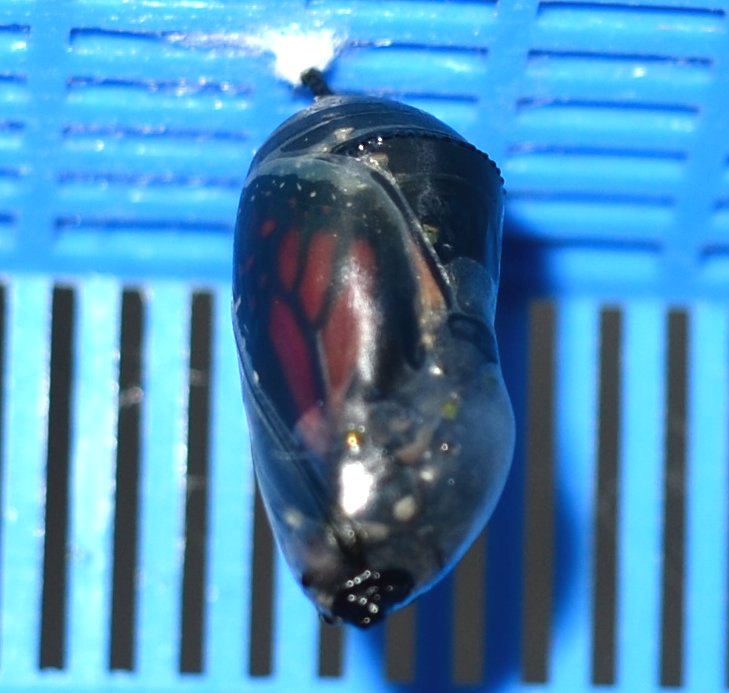
Now the Butterfly has eclosed (come out of the pupa). It has to pump fluid into its veins to get the wings hardened so that it will be able to fly. Picture 2 was taken a few minutes later, picture 3 shows an Adult pollinating a Coneflower.
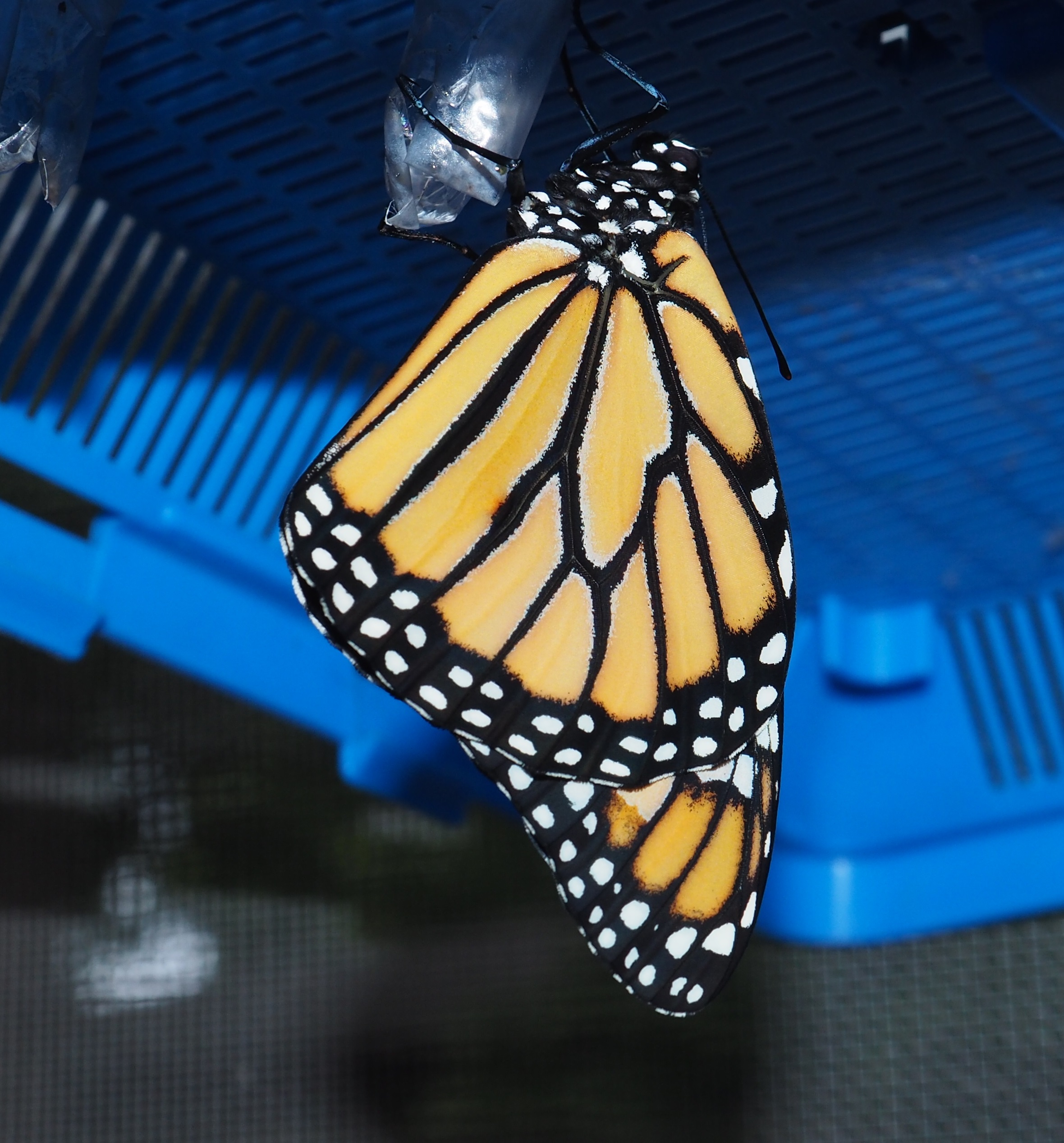

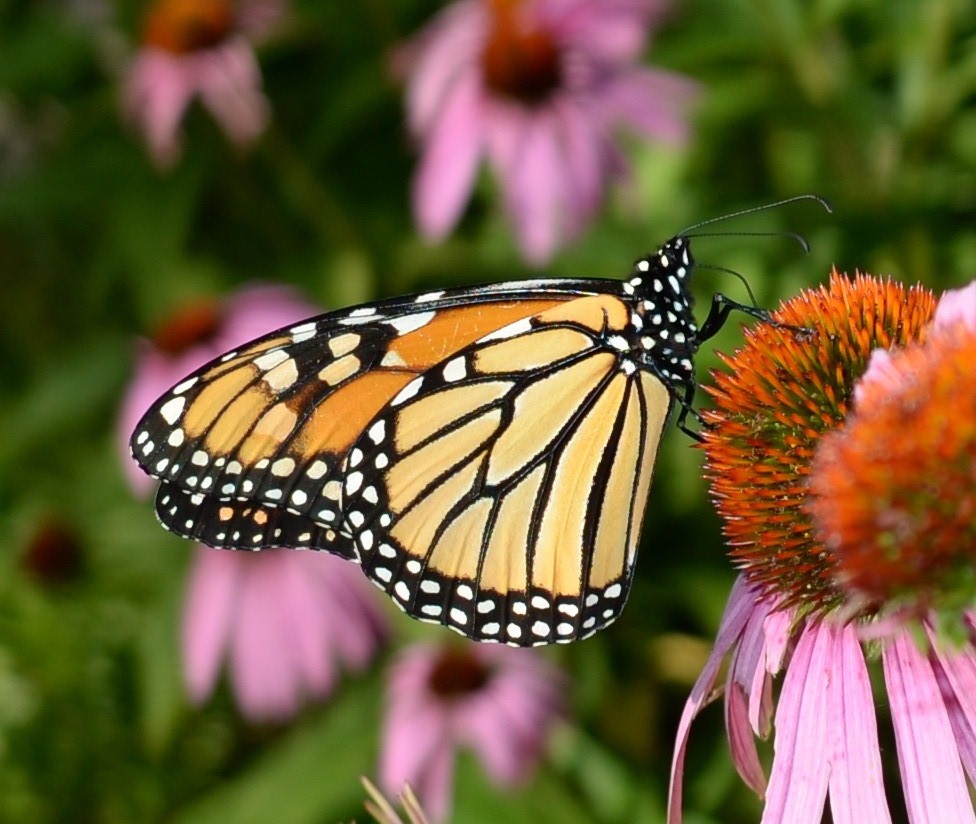
Here is a pair of Cecropia Moths seen mating by Roberta Armstrong; picture 2 shows one of the first caterpillars (instar 1) to hatch from the resultant eggs; picture 3 shows the third instar, which is not only larger but a different color.
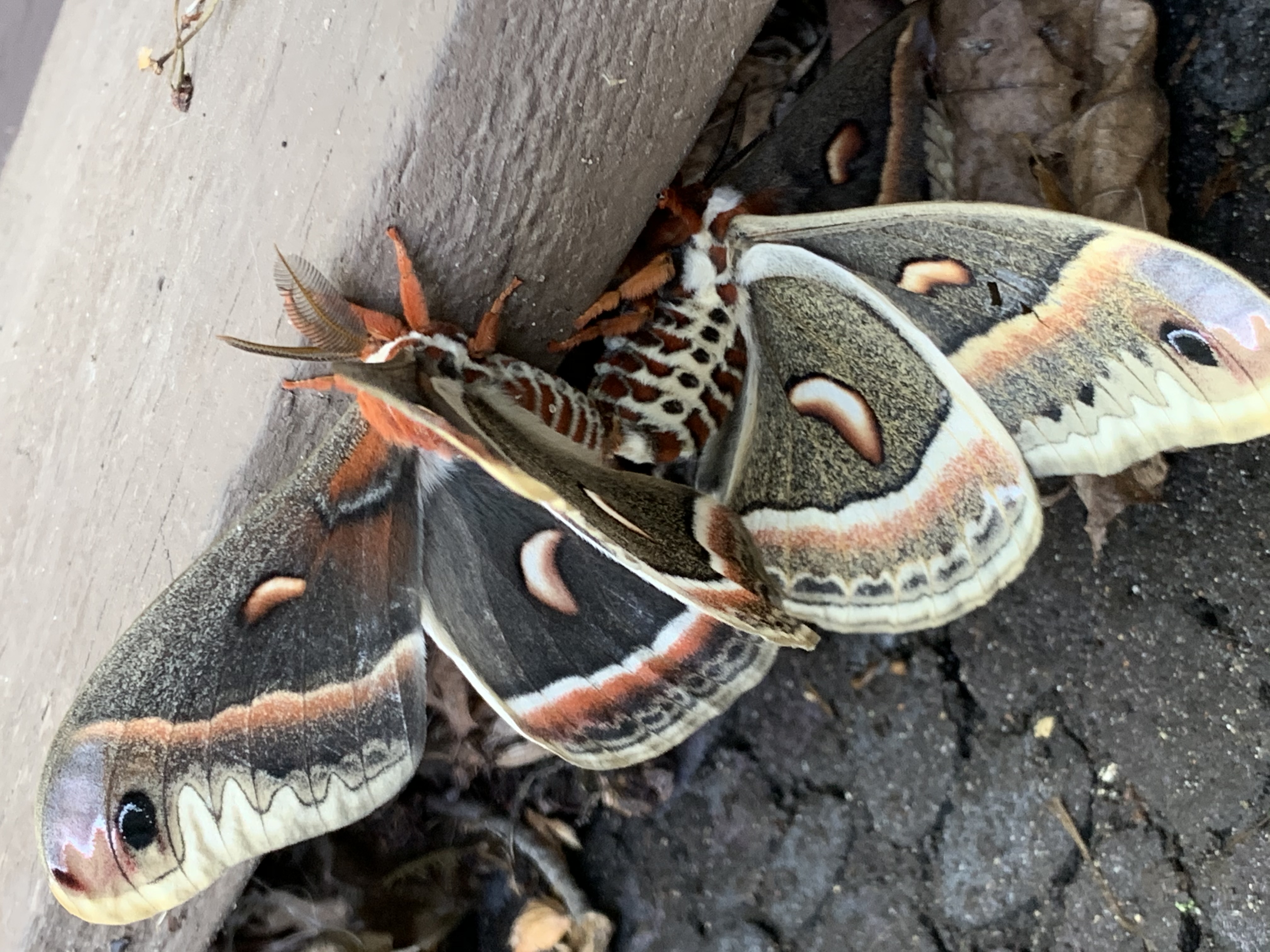
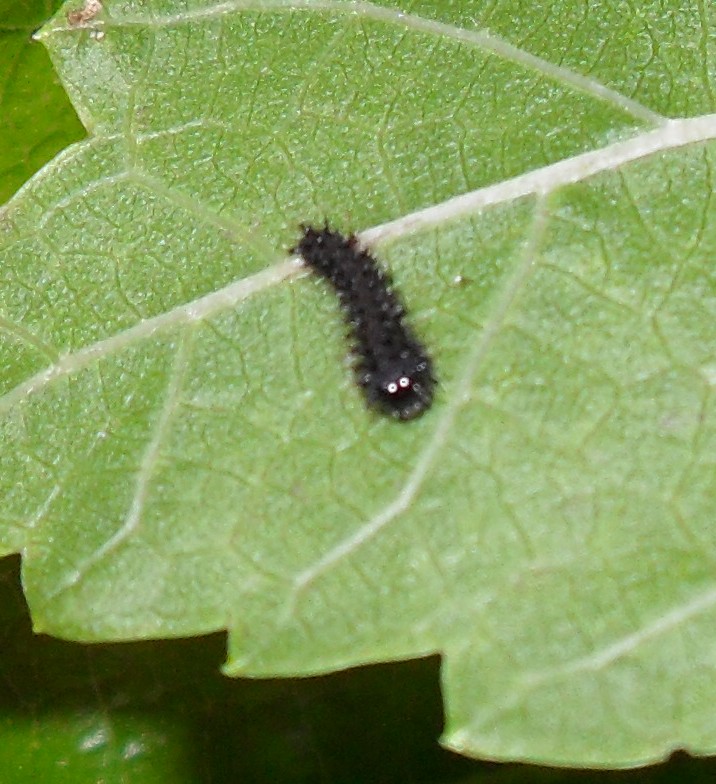
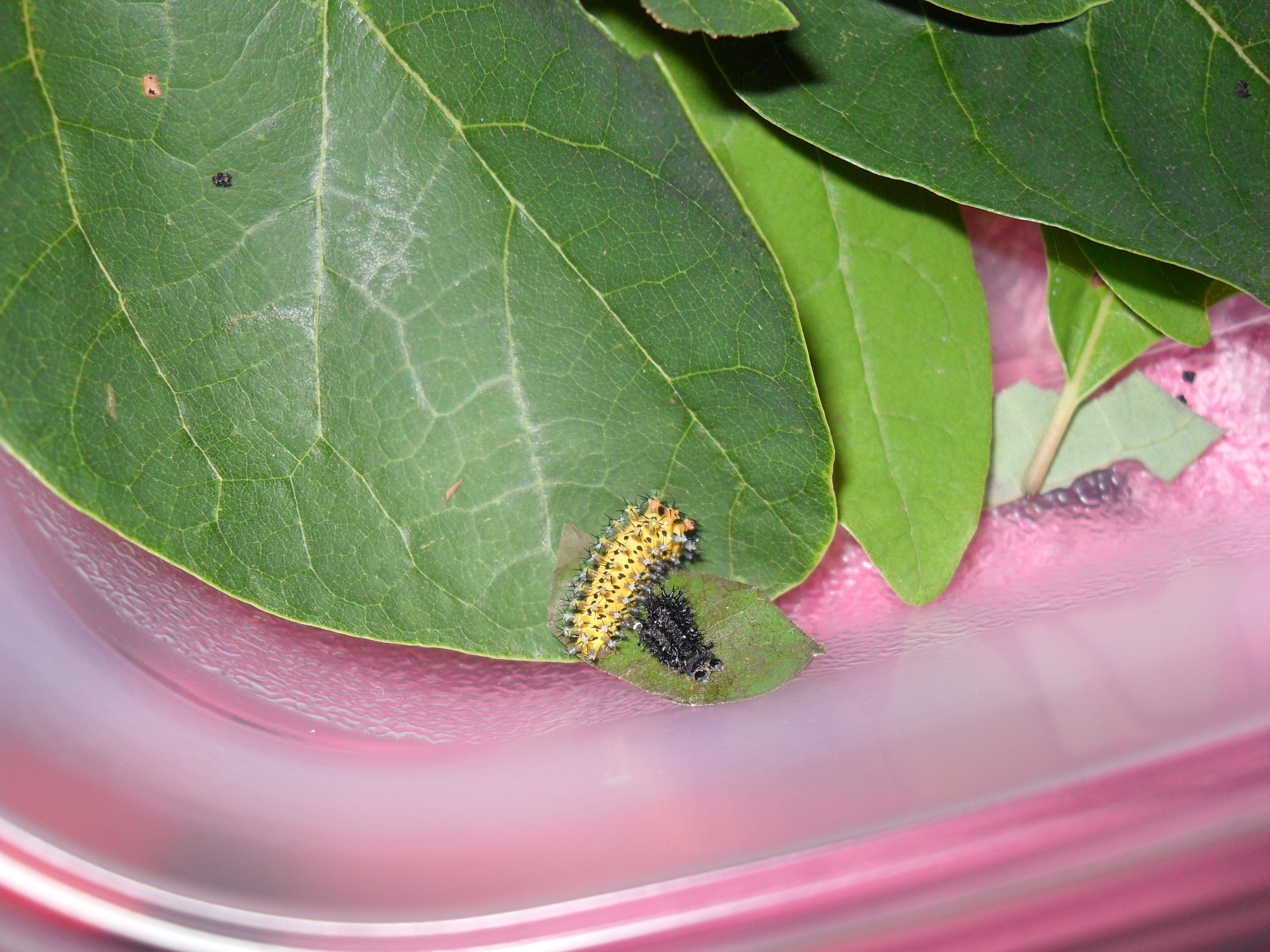
Here you see a caterpillar with its old skin coming off toward the tail end; picture 2 shows an interesting set of fractals which show up both in the image of the caterpillar and also its shadow; picture 3 shows a watercolor made from picture 2. What you aren't seeing is the caterpillar finally wrapping leaves around itself to form a cocoon. Sometimes you will hear people say, a butterfly is contained in a chrysalis, a moth in a cocoon. But really the chrysalis is just the skin that contains the butterfly (or moth) in a rigid shape while the changes go on inside it. The cocoon is a stiff blanket that contains the moth inside its chrysalis inside a stiff batch of leaves. That's my take. By the way, When my baby cecropia caterpillars started out, I had a hard time finding food that they would eat with relish. We went through several kinds of fruit leaves, but they didn't seem to respond to it. Finally Jackie Holdsworth and I discovered that they LOVED Sassafras
leaves.
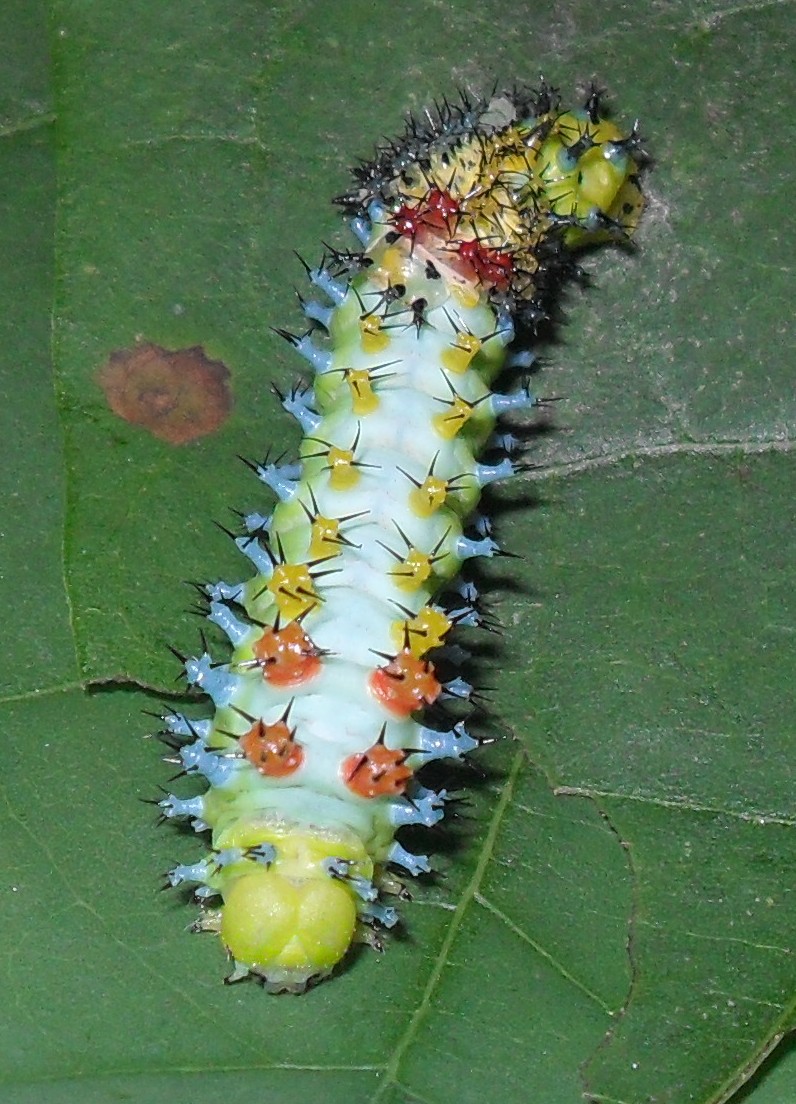
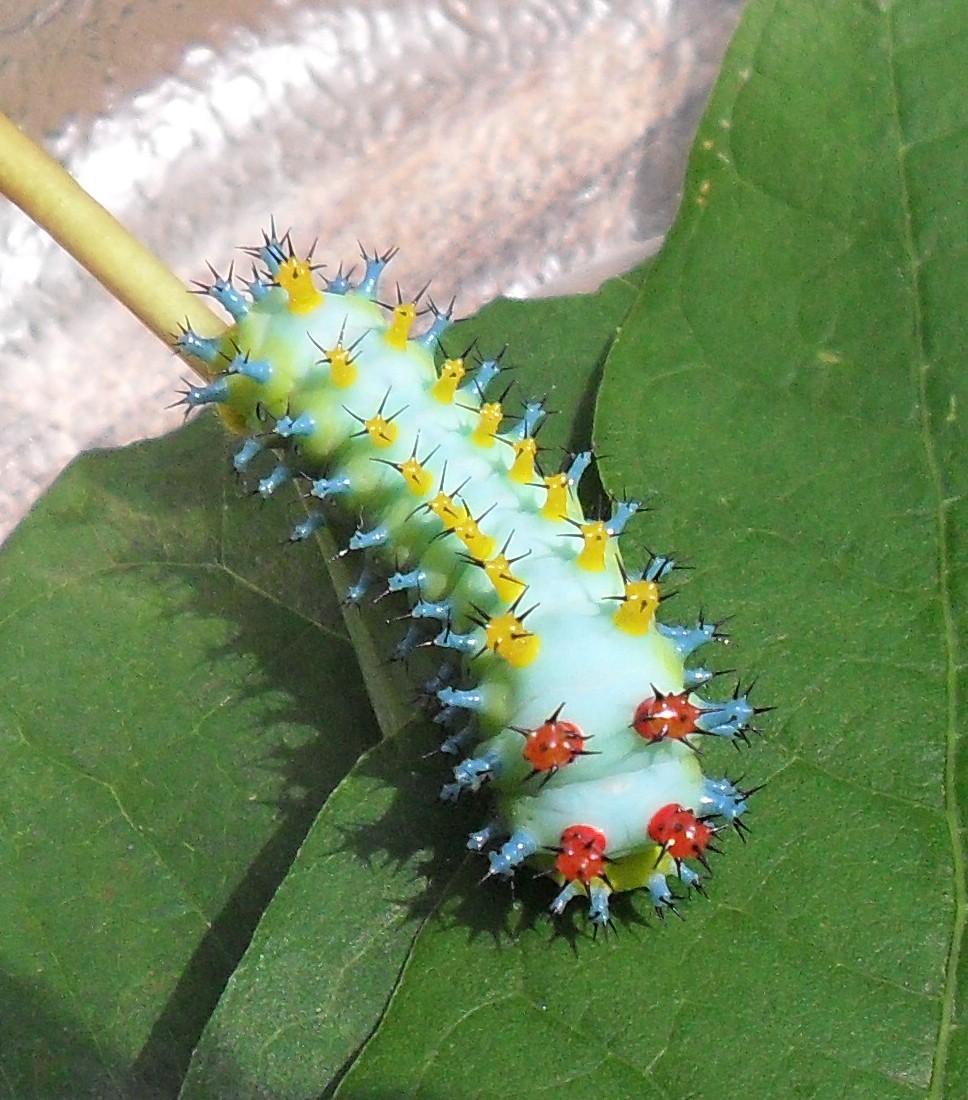
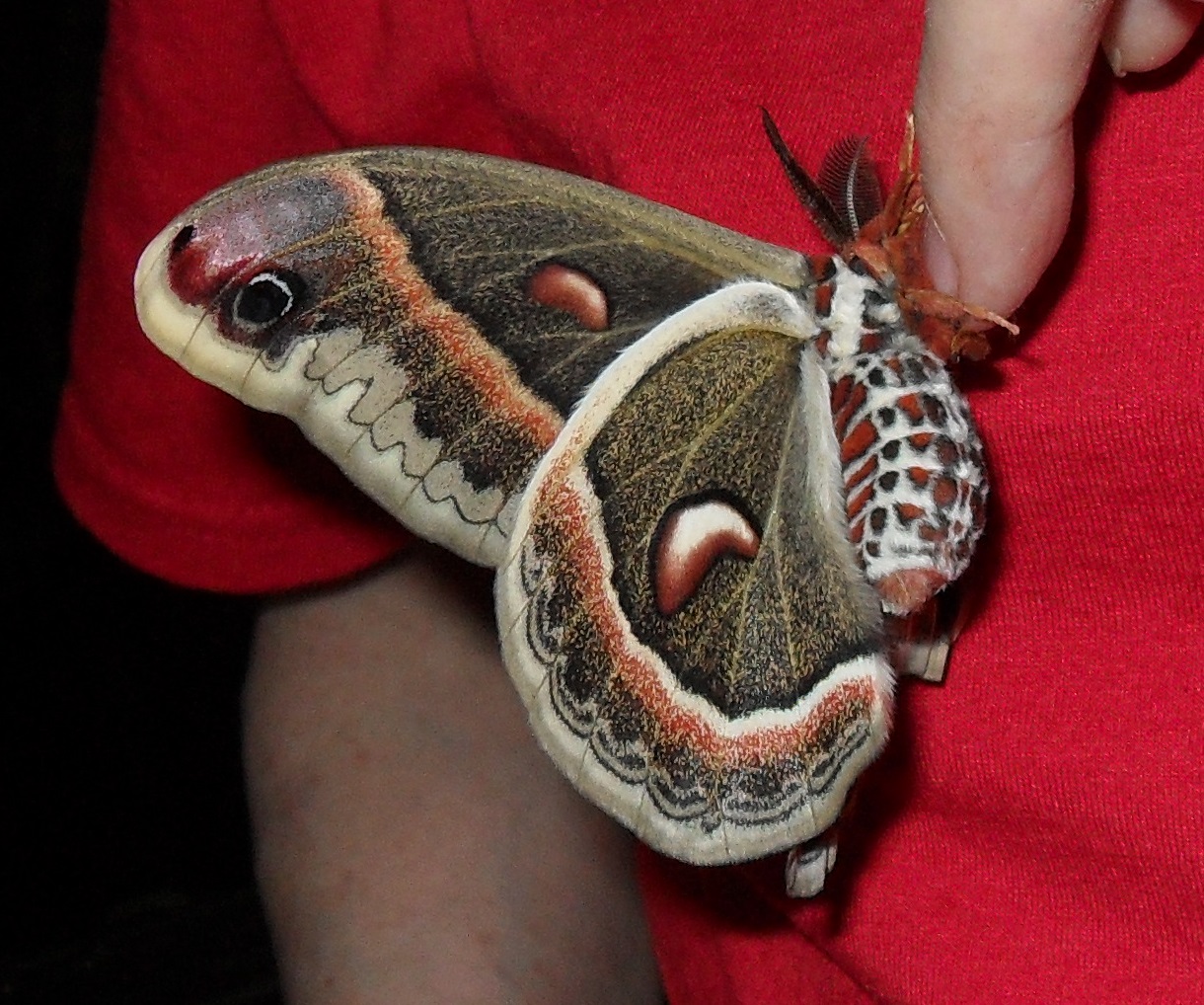
This may surprise you, but another insect that undergoes Complete Metamorphosis is the Beetle. A Beetle egg hatches out a LARVA, called in Beetles a GRUB. The Larva eats and eats and grows and grows and finally produces a Pupa, and then the Pupa hatches out an Adult Beetle. Here are my photos of the Asian Lady Beetle going from Larva to Pupa and then Adult. I have a feeling that the last Larval stage and the Pupal stage and the Adult Beetle stage come very quickly. Note in picture 4 that the Asian Lady Beetle always has a "W" design on its "forehead".
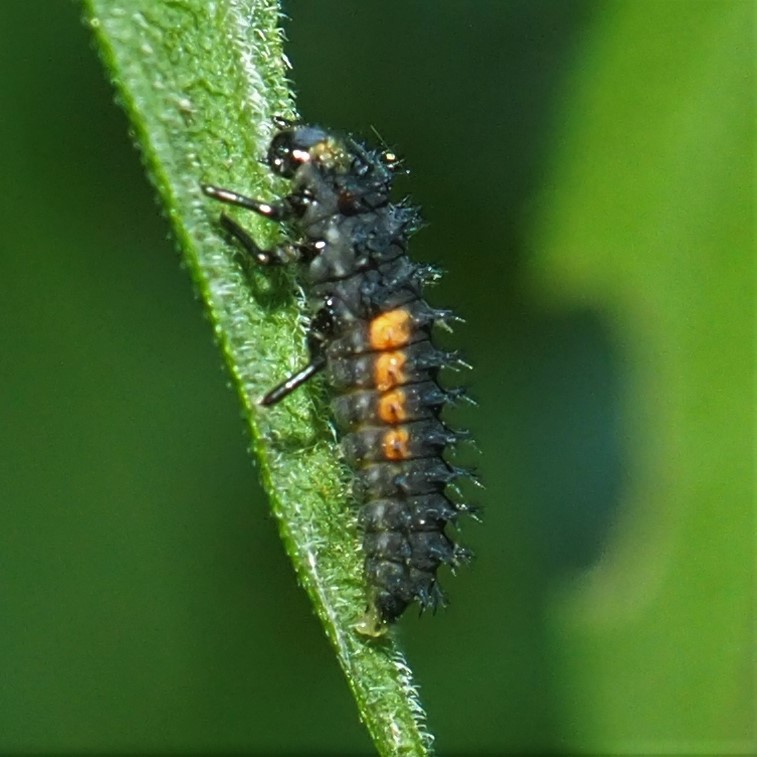
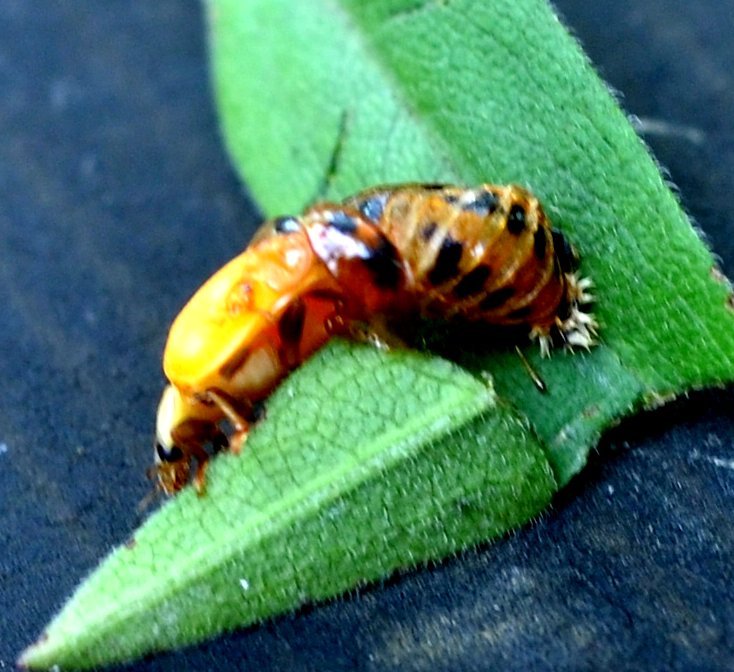
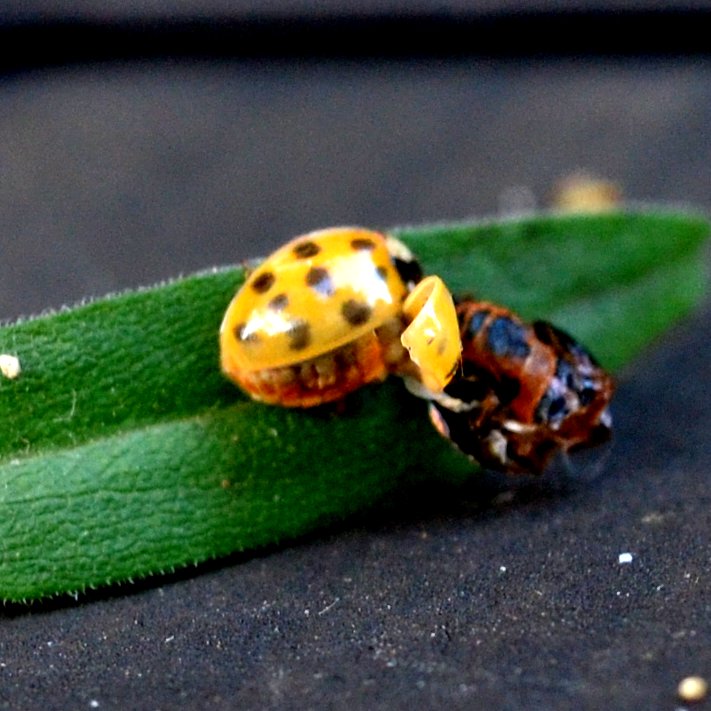
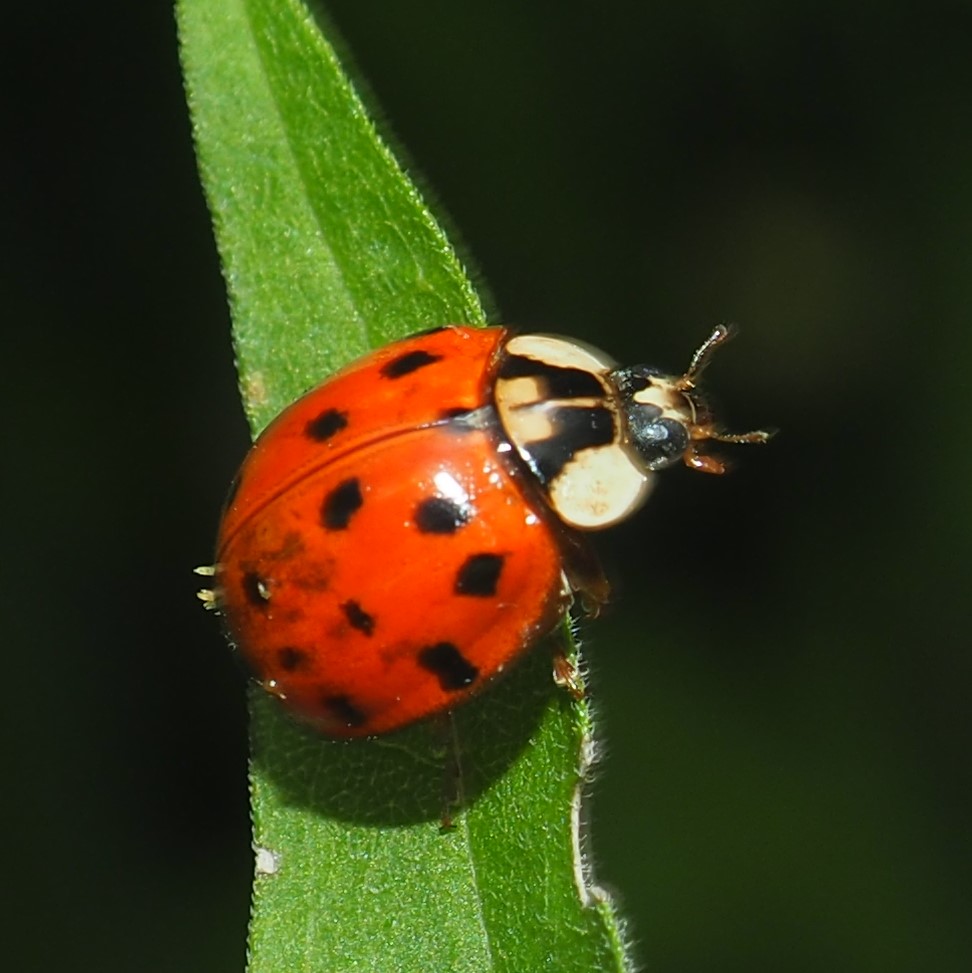
Flies also undergo Complete Metamorphosis. Anyone know what a Fly Larva is called? I only have one example of this life Cycle and had to borrow the Adult, which I've never seen directly. Here is an observation from @orange_nc, a Plant Biologist and fellow member of iNat. This larva was on a Goldenrod plant with lots of Aphids. That's what the little fellow in picture 2 is eating!
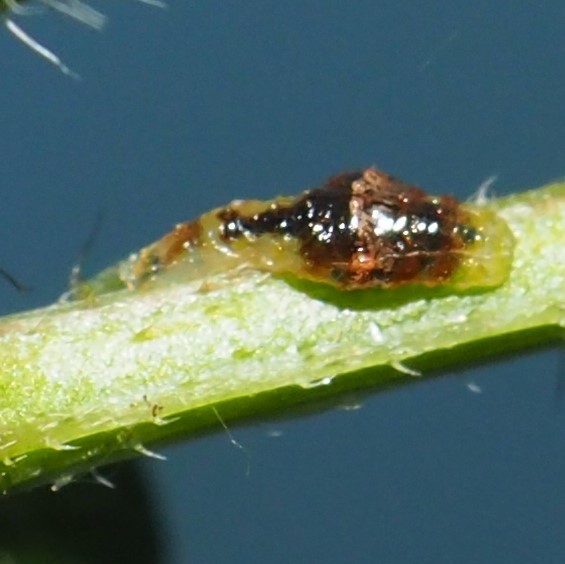
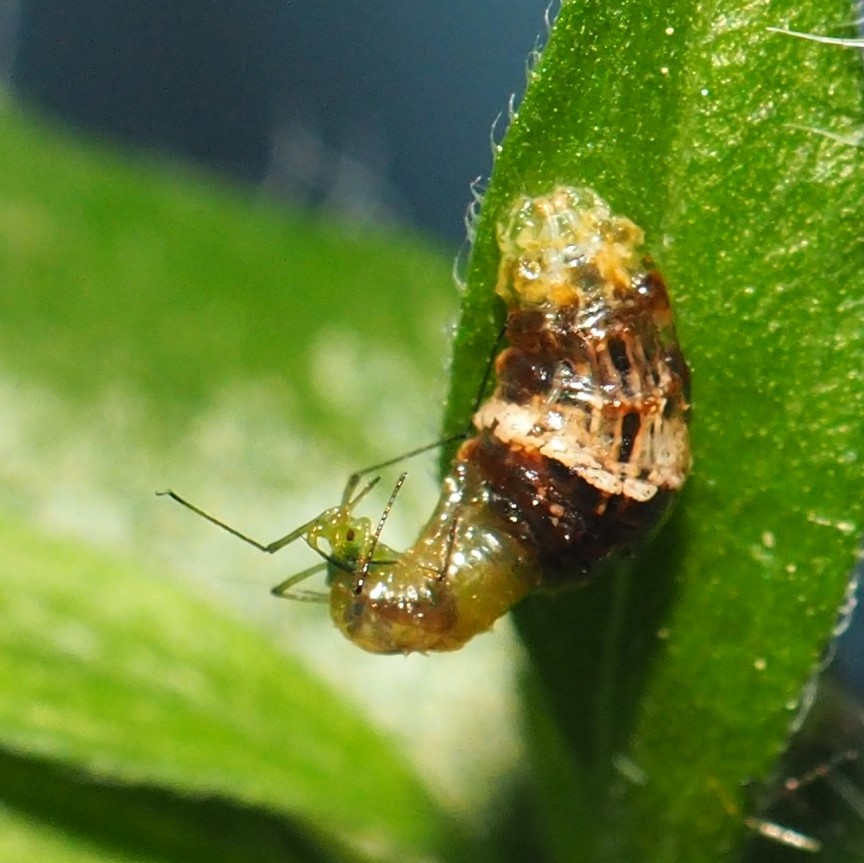
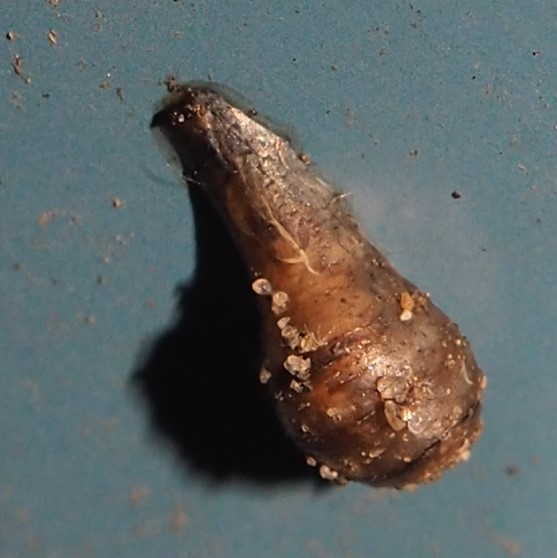
4. Hemimetabolous development (incomplete metamorphosis)
Some add this fourth kind of metamorphosis, and give the example of a Dragonfly, Damselfly, or Mayfly, who lay their egg in the water. When this egg hatches, the nymph is equipped to live underwater. Each nymph is aquatic, until finally, the last nymph climbs a stalk and an Adult which is able to fly and otherwise live out of water.
Here you see a Damselfly who seems to have laid her eggs just under the water on this partially submerged lily leaf. Later we see a Damselfly (maybe a Dragonfly) nymph (also called a Naiad, like the water goddesses of Greek myth). And last, a newly moulted Damselfly with the skin it just exited.
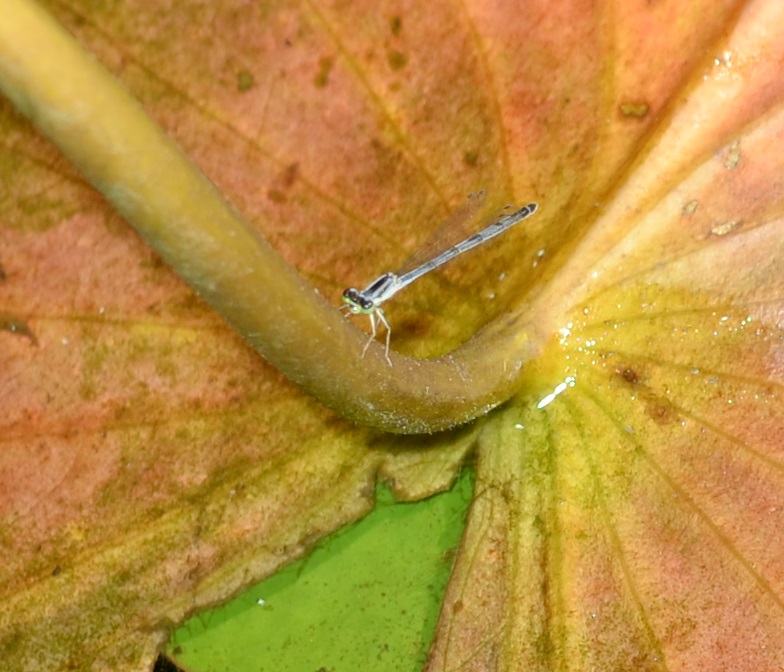

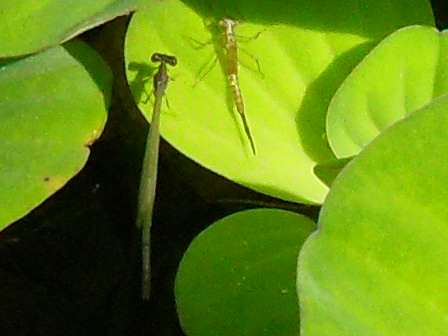
Metamorphosis of Insects part 2
Back to main menu
For more, see here
and here
copyright Martha O'Kennon 2021











 adult female 8 14 15 3.jpg)

































